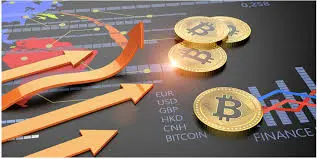Transactions exceeded one trillion US dollars, with an average daily liquidation of US$400 million US dollars, Hyperliquid became the "casino" on the giant whale chain

Reprinted from panewslab
03/06/2025·1MAuthor: Frank, PANews
trillion-dollar trading volume, 60% of perpetual contract market share, and an average daily on-chain liquidation of US$400 million - Hyperliquid, a decentralized exchange that has been established for less than two years, is using a group of disruptive data to erode the contract market of centralized exchanges.
The giant whales staged a "life-and-death bet" with 50 times leverage. Institutional funds scramble to sweep orders with low fees, while retail investors continue to wait and see due to the lack of token categories. When Binance and Coinbase still dominate the industry's voice, Hyperliquid tore open a new battlefield for DEX's counterattack with an ultimate efficiency and risk coexisting. However, the "speed" mechanism of the Netherlands's bid for coins and the halving dilemma of governing token HYPE also makes this subversion full of variables.
Trading volume exceeds the trillion mark, Hyperliquid becomes the
"contract dark horse"
Since airdrops detonated the market in 2024, Hyperliquid's contract trading volume has risen exponentially, completely breaking the industry curse of "post-airdrop recession". On the contrary, amid the recent sharp fluctuations in the market, Hyperliquid has already established its position as the leading exchange.
Data on March 5 showed that Hyperliquid's total trading volume exceeded $1 trillion for the first time. According to Coinglass data, Hyperliquid's contract trading volume was about US$8.5 billion on that day, and Hyperliquid's contract trading volume has ranked sixth among all exchanges, only lower than five centralized exchanges including Binance, OKX, Bitget, Bybit, and Gate.io. Binance's contract trading volume is about US$91.7 billion. Although this gap is still obvious, Hyperliquid seems to have become a new force that Binance cannot be underestimated.
According to data from hypurrscan, Hyperliquid fee revenue reached US$746 million annually. For comparison, Coinbase's full-year transaction revenue in 2024 was US$4 billion.
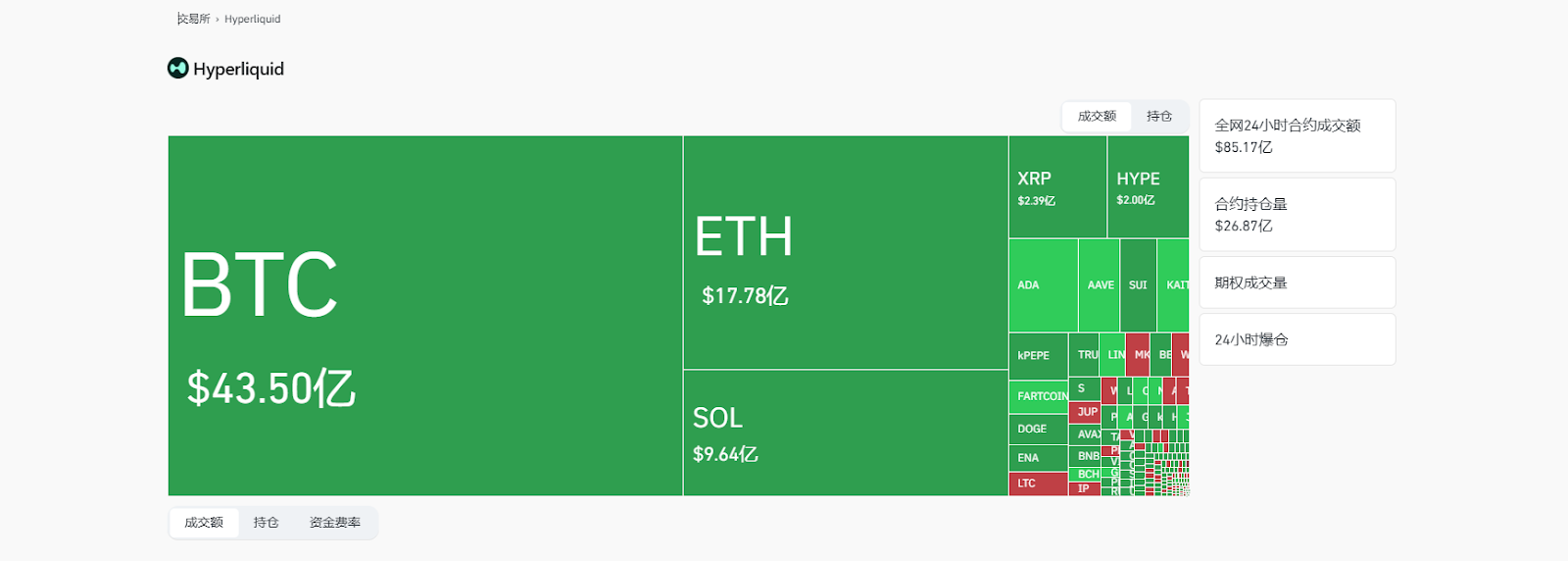
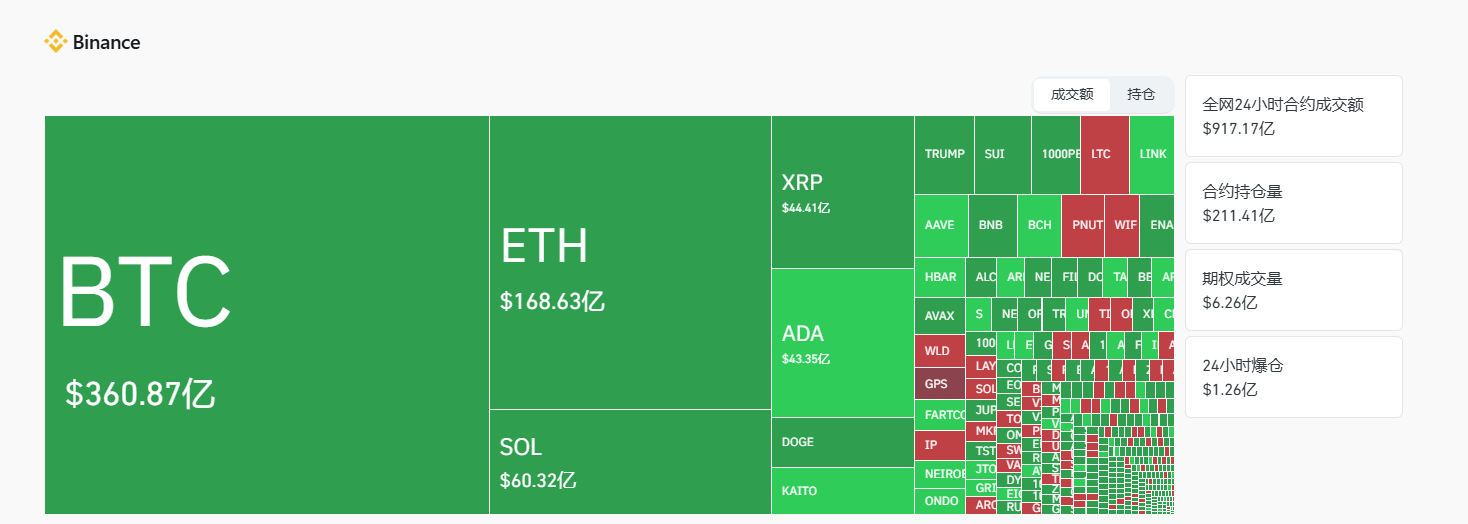
Among decentralized exchanges, Hyperliquid has become the dominant market in the perpetual contract market. According to data provided by analyst WarDaddyCapital on February 8, Hyperliquid's market share in perpetual contracts has reached 60.5%, while on November 1, 2024, its market share was only 33.2%, and its market share in March 2023 was less than 2%. This growth rate is unique among decentralized exchanges.
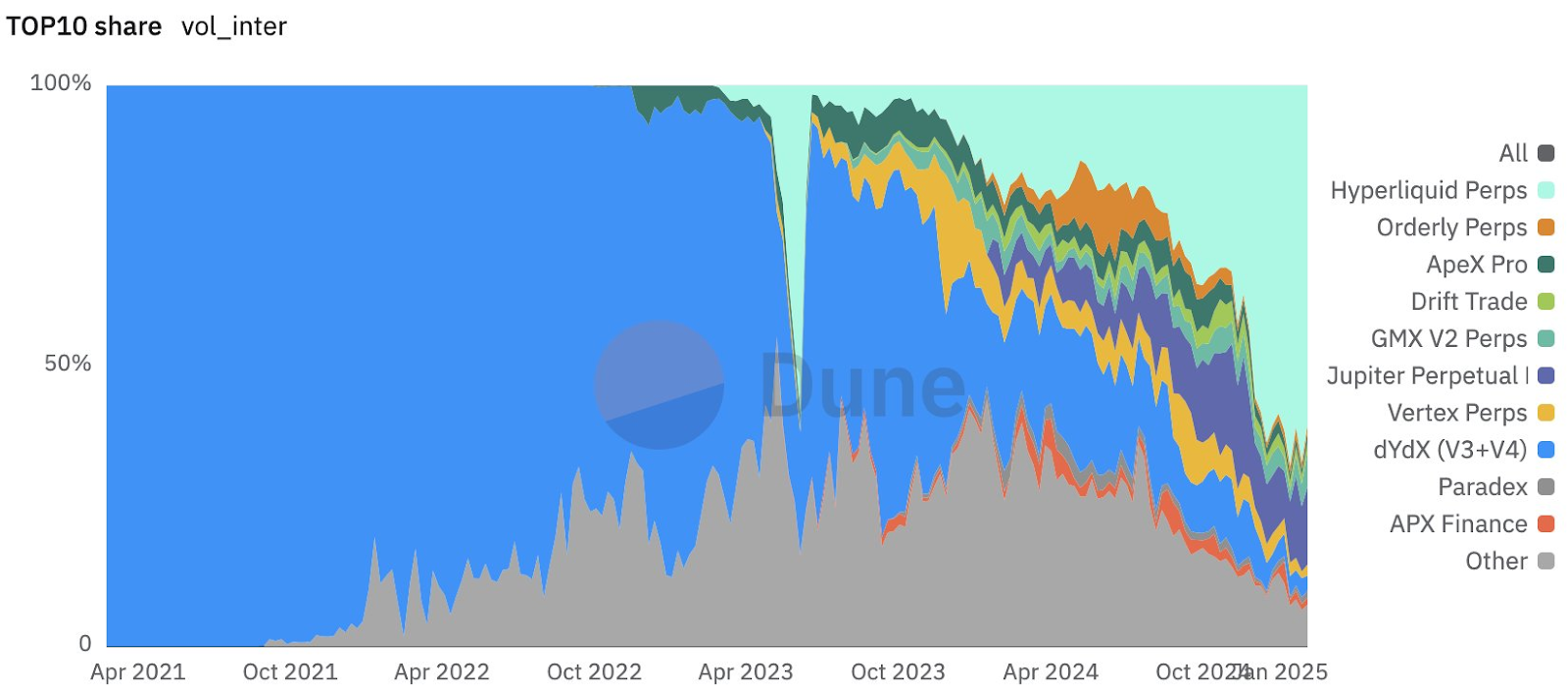
The new giant whale casino under Trump's deal
Hyperliquid's rise is inseparable from institutions and high-net-worth traders. Especially in recent days, the frequent opening of giant whales has caused market discussions. Hyperliquid seems to have become a public place for giant whales to open real-time orders, including many smart money cases with those who take the lead and show off their skills.
On March 2, before Trump announced that he would add five crypto assets including BTC, ETH, SOL, ADA, XRP to the strategic reserves of crypto assets, a giant whale will hold $6 million assets to long ETH and BTC with 50 times leverage. The opening price of ETH is US$2,197 and the liquidation price is approximately US$2,149. After opening the order, the price of ETH fell to $2,171, almost losing its position. Fortunately, the market ushered in a big rise a few minutes later, with the help of Trump's good luck, and the user finally made a profit of over US$6.8 million in a single day. Many people on social media believe that this extreme operation may be done by insiders around Trump. However, this statement was later denied by Coinbase director Conor Grogan, and found that its funds were from phishing, a user of Roobet. This risky operation seems to be just a gambler's exciting gameplay.
In addition to this extreme hype, some giant whales have also gained huge profits in their long-term holdings. According to monitoring by on-chain analyst @ai_9684xtpa, a giant whale opened a short position on Ethereum with 50 times leverage in January, with a opening price of US$3,169, and the highest floating profit exceeded US$78 million. As of March 5, the order was still held and the current floating profit was US$69 million. This user has also become the most profitable user on Hyperliquid. According to information provided by social media users, the address belongs to the new stablecoin protocol Resolv, which may be an order for its hedge fund.

In addition, news about giant whales spending millions of dollars to open orders and build positions on Hyperliquid is also common. From the data point of view, Hyperliquid's average transaction volume contributed by a single user is about US$2.56 million, which indirectly confirms the difference in its user structure. Amid the recent violent market fluctuations, the enthusiasm of giant whales to open positions has increased. Hyperliquid's open contract number has been at a high level, and has remained above the US$3 billion level since December 2024.

This phenomenon is closely related to Hyperliquid's low-rate strategy. Taking the March 5 data as an example, the absolute value of Hyperliquid's capital fee rate in several mainstream tokens such as BTC, ETH, SOL is much lower than that of Binance and Bybit, which is a relatively sensitive factor for users with larger funds. Including transaction fees, Hyperliquid is also lower than most mainstream exchanges. In addition, on-chain contracts are more transparent and fair than centralized exchanges, which is also a reason for many big players to choose.

With the addition and active giant whales, Hyperliquid seems to be becoming the largest on-chain liquidation site. Since the end of February, Hyperliquid's daily liquidation amount has basically remained above US$400 million. Exchanges such as Binance and OKX have not disclosed the full amount of liquidated data to Coinglass, so they cannot be compared directly. On March 6, Bybit, which released the full data, had only US$80.61 million in contract liquidation in the past 24 hours, far lower than Hyperliquid.
Dutch auction dilemma: ecological singleization and retail investors'
unwinding
Giant Whale's trading has indeed brought a lot of attention to Hyperliquid, but it seems that attracting retail investors requires other logic. For example, launching more new tokens or creating more wealth-making myths. As of March 5, Hyperliquid's cumulative number of users was only 390,000, and there were only 82 spot trading currencies, far lower than other mainstream exchanges. Therefore, limited tradable assets seem to be the main reason why Hyperliquid is difficult to attract more retail investors.
As a decentralized exchange, Hyperliquid's currency auction mechanism is very different from other exchanges. Hyperliquid adopts a Dutch auction mechanism. On the one hand, this auction method greatly reduces the cost of the project party to be included in the currency, and in theory can bring more potential projects to it. On the other hand, there are also certain flaws. Some well-known projects have no motivation to launch auctions, resulting in fewer choices of spot trading pairs on Hyperliquid.
Another point is that this mechanism lasts 31 hours per round of auction. Based on this calculation, up to 282 projects can be launched through auctions each year. At the same time, it is difficult for some tokens with strong timeliness to quickly seize the market through this auction mechanism.
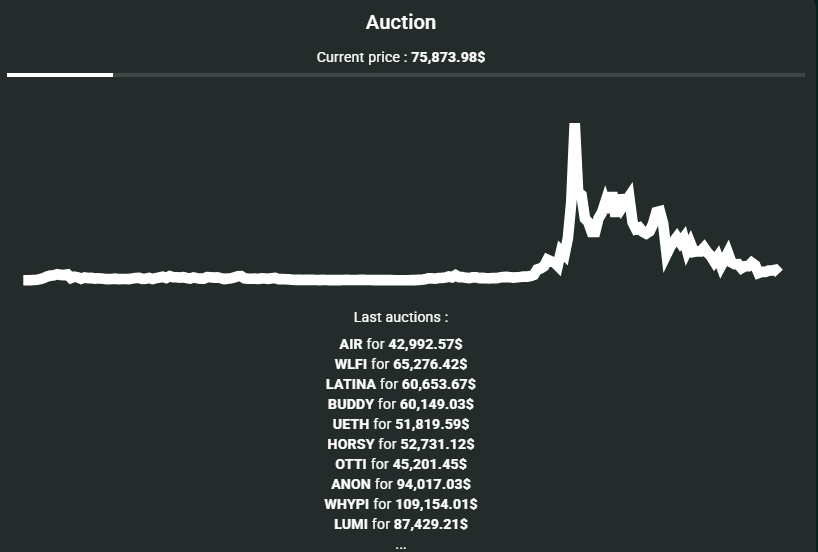
Hyperliquid also tried to expand the token variety on the chain by building a Pump.fun-like product, and launched HFUN, but it seemed to have little effect, with the highest market capitalization of only $245,000.
Among the relatively thin token categories, Hyperliquid's own governance token HYPE has become the only exclusive product that can support the key points. Taking the data on March 5 as an example, HYPE's trading volume was about US$320 million, accounting for about 3.7% of the transaction volume of the entire platform. However, HYPE's recent trend has also continued to create new lows as the market weakens. It fell to $15.3 on March 4, with a market value of about $5.59 billion, and its maximum drop from its high was about 56.5%.
In addition, Hyperliquid also faces many doubts in terms of decentralized governance. "Single-player mode" has always been the core question of Hyperliquid by the slander. Of course, this question is that the tokens are only online on their own exchanges, and on the other hand, as a public chain, it still uses a licensed verifier access method, which seems not "public". But on March 5, the Hyperliquid Foundation issued the latest announcement, announcing that after the next network upgrade, mainnet verifiers no longer need permission to join. It can also be regarded as a positive feedback on the question of "stand-alone".
Overall, Hyperliquid seems to have already occupied a place in the giant whale contract market. But there is still a long way to go in terms of growth on retail investors. Perhaps as the governance of network decentralization becomes higher, the changes in the currency listing process and other operating ideas through new proposals will lead the new force of this exchange to go further. ****


 chaincatcher
chaincatcher
 jinse
jinse